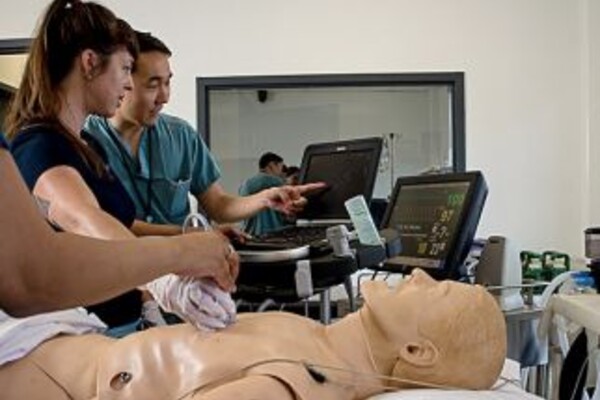May 5, 2020
Chair's Column: Virtual Via Zoom - The New Normal?
About Us, Cardiology, Clinical Immunology & Allergy, Clinical Pharmacology & Toxicology, Division of Dermatology, Education, Emergency Medicine, Endocrinology & Metabolism, Faculty, Gastroenterology & Hepatology, General Internal Medicine, Geriatric Medicine, Hematology, Infectious Diseases, Medical Oncology, Nephrology, Neurology, Occupational Medicine, Palliative Medicine, Physical Medicine & Rehabilitation, Quality & Innovation, Research, Respirology, Rheumatology


 Before 2020, I had only heard the term “zooming” as it referred to racing around very fast. And, of course, in Aretha Franklin’s song
Before 2020, I had only heard the term “zooming” as it referred to racing around very fast. And, of course, in Aretha Franklin’s song 

